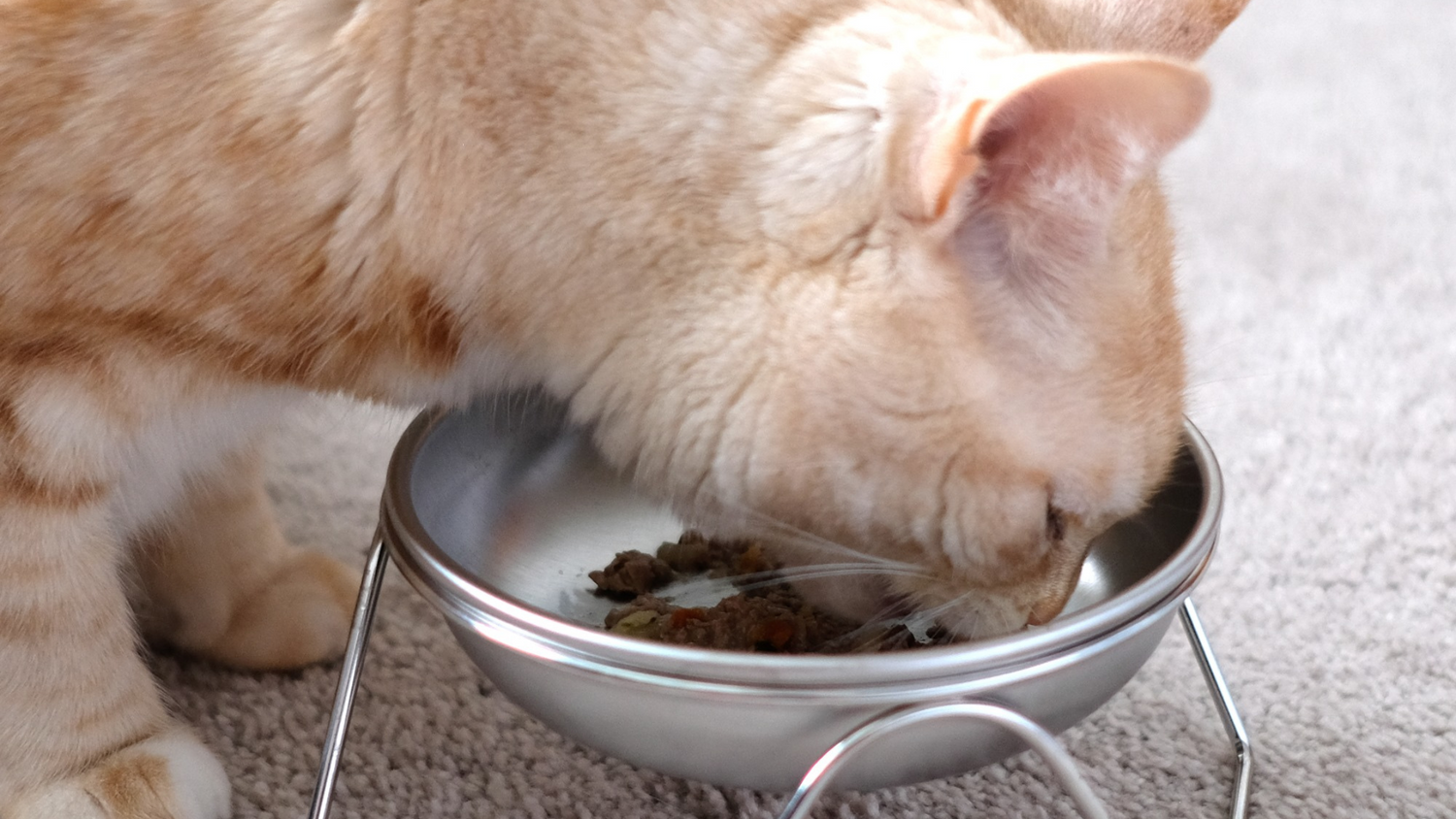Cats are mysterious and independent creatures that have captured the hearts of humans for centuries. As a cat owner, it’s important to understand your feline friend’s behavior in order to provide the best care and environment for them. This guide will help you navigate the world of “catology” and gain a deeper understanding of your beloved pet.
Table of Contents
Understanding Cat Behavior
Before delving into specific behaviors, it’s important to understand some basic principles of cat behavior. Cats are natural hunters and predators, so many of their behaviors are rooted in this instinct. They are also territorial animals and can be quite independent. Understanding these traits will help you understand why your cat behaves the way it does.
Body Language
Cats communicate a lot through their body language. They use their tails, ears, and posture to express their feelings and intentions. For example, a cat with an arched back and fluffed-up fur is likely feeling threatened or defensive, while a cat with a relaxed body and slow blinking eyes is showing signs of contentment and trust. Paying attention to your cat’s body language can help you better understand their mood and needs.
Vocalizations
Cats also use vocalizations to communicate with their human companions. Meowing, purring, hissing, and yowling are all ways that cats express themselves. A cat’s meow can convey a variety of messages, from a request for food or attention to a warning of danger. Purring is often associated with contentment, but cats may also purr when they are in pain or distress. Understanding the different vocalizations of your cat can help you respond to their needs more effectively.
Common Cat Behaviors
Now let’s explore some of the most common behaviors exhibited by cats and what they might indicate.
Scratching
One of the most notorious cat behaviors is scratching. Cats scratch to maintain the health of their claws, mark their territory, and stretch their muscles. Providing a suitable scratching post and regularly trimming your cat’s claws can help redirect this behavior and protect your furniture.
Hiding
Cats often seek out hiding spots when they feel stressed or anxious. It’s important to provide your cat with a safe and quiet space where they can retreat when they need some alone time. Respect their need for space and avoid forcing them out of their hiding spot.
Purring
As mentioned earlier, purring is often associated with contentment, but it can also signal pain or distress. If your cat is purring excessively or in certain situations, it’s important to pay attention to their overall behavior and health to determine the cause of their purring.
Play Behavior
Cats are playful creatures, and play is an important part of their physical and mental well-being. Engaging in play with your cat can help strengthen your bond and provide them with necessary stimulation. Interactive toys, laser pointers, and cat trees are all great options for encouraging play behavior in your cat.
Aggression
Aggression in cats can take many forms, from hissing and swatting to biting and scratching. It’s important to understand the root cause of your cat’s aggression, whether it’s fear, pain, or frustration, and address it accordingly. Consulting with a veterinarian or animal behaviorist can help you manage and modify your cat’s aggressive behavior.
Conclusion
Understanding your cat’s behavior is a crucial part of responsible pet ownership. By observing and interpreting your cat’s body language, vocalizations, and actions, you can better meet their needs and strengthen your bond. Remember to be patient and empathetic as you navigate the world of “catological” understanding.
FAQs
Q: Why does my cat knock things off the table?
A: This behavior is often a way for cats to get attention or release excess energy. Providing your cat with interactive toys and regular play sessions can help reduce this behavior.
Q: How can I stop my cat from scratching the furniture?
A: Offering a suitable scratching post, trimming your cat’s claws, and using deterrents like double-sided tape or citrus sprays can help redirect your cat’s scratching behavior.
Q: Why does my cat groom excessively?
A: Cats groom themselves as a way to regulate their body temperature, clean their fur, and relieve stress. However, excessive grooming can be a sign of underlying health issues or anxiety, so it’s important to monitor your cat’s grooming habits and seek veterinary advice if necessary.
Q: My cat seems to be yowling at night. What should I do?
A: Cats are more active during the night, and yowling can be their way of seeking attention or companionship. Providing interactive toys, a comfortable sleeping area, and spending quality time with your cat during the evening can help reduce this behavior.








